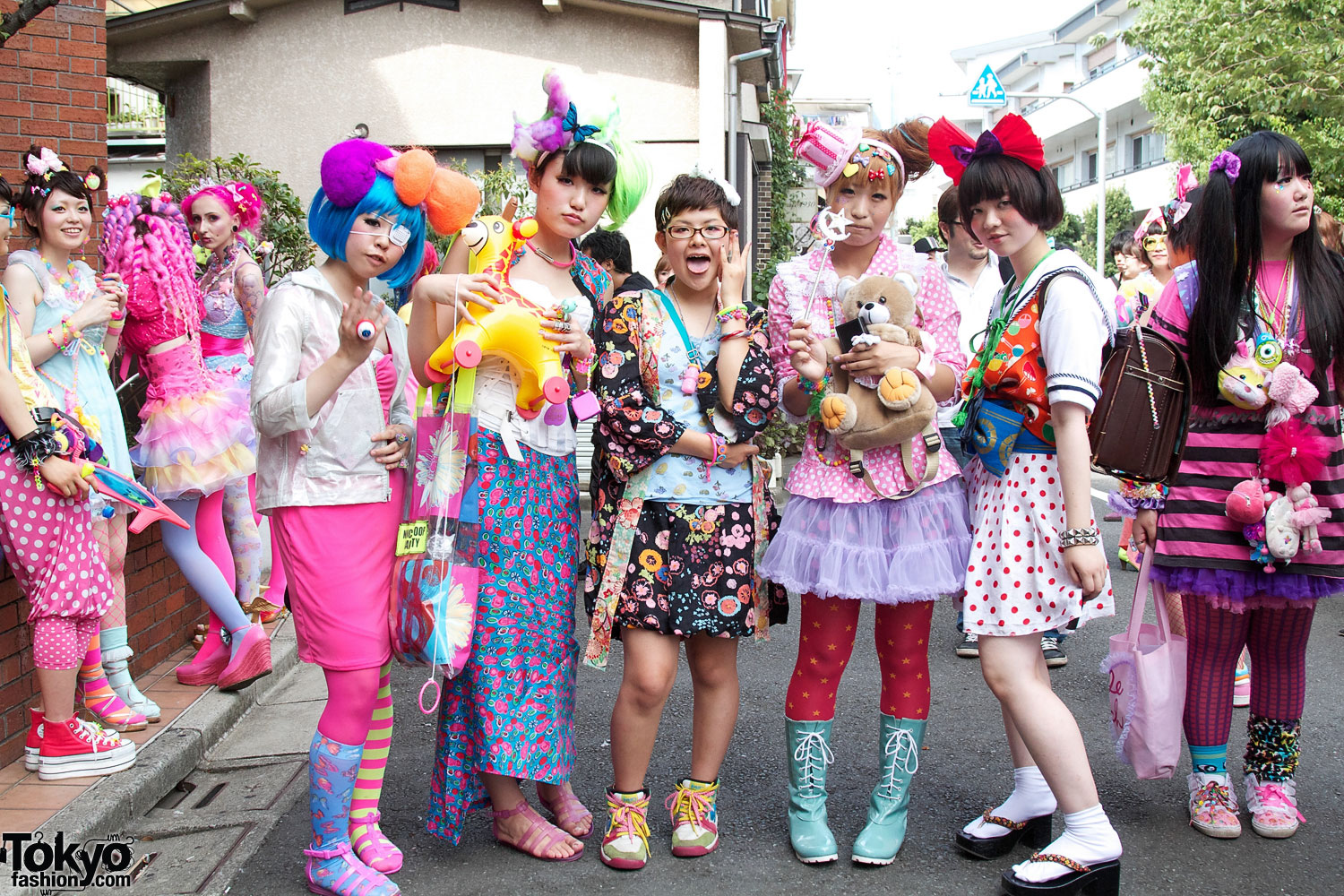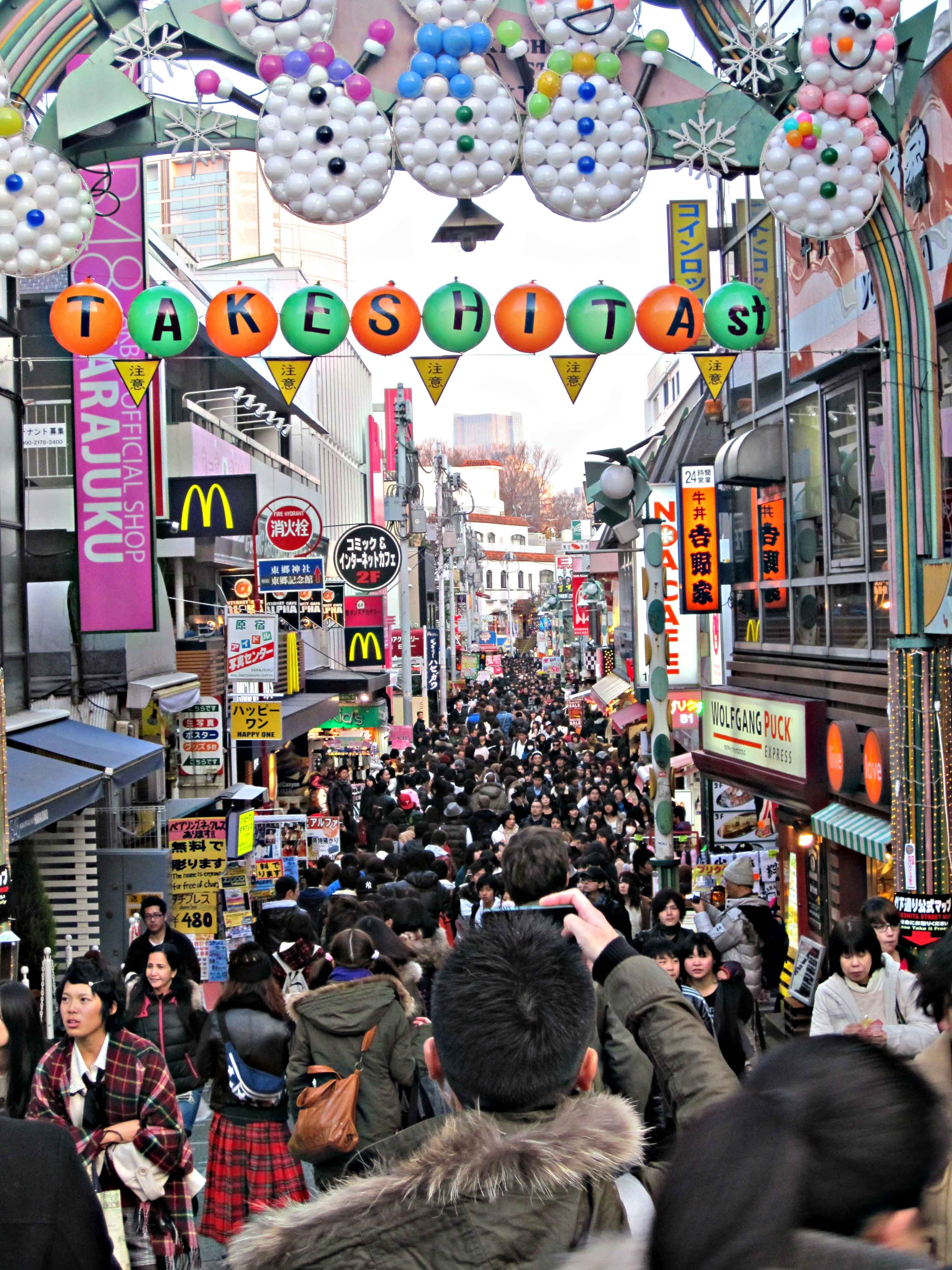Japan Culture: Harajuku Girls
Harajuku Girls

Harajuku girls – We’ve heart about the Harajuku girls (原宿ガール Harajuku gāru) at least once, if not for Gwen Stefani’s melodies. The singer in 2004 managed to climb the international charts with this hit making this clothing style famous all over the world. Although it was very strange to a westerner’s eye, the group became a huge success creating a vast empire. As a result, real brands such as Harajuku Lovers were born and are now famous throughout America and the world. Let us not forget the recent KuKu Harajuku, cartoon inspired by the band and the fashion. Despite Gwen Stefani has managed to establish herself in the western market with this brand, she isn’t the creator. This particular look sees its birth some years before on the streets of the never boring Tokyo.

Originated in the second half of the nineties, the term Harajuku (Harajuku 原宿, “accommodation in the meadow”) sees its birth in the homonymous area.
Shibuya, the special district of Tokyo where the Harajuku Station is situated, is a place known for the creation of new trends, never dull and extremely popular among the Japanese youth. This is also the district with the most famous shopping streets. The well know Omotesando and Takeshita, the first dedicated to the most famous brands (Chanel, Dior, Louis Vuitton, etc.) and the second to the youthful and alternative style. The latter tends to mingle with different brands and styles, creating something more innovative.

The Harajuku look is part of the street fashion. You can find different sub styles: gothic lolita, sweet lolita and decora to name a few. Although they are associated mainly with the girls in adolescence, within this culture the boys are not exempt. It is not rare to find among them those who follow a look more tied to the Japanese punk style.
Bright colours, layering, traditional Kimonos mingle with western clothes and accessories outside the lines. All of this makes brilliant ways to establish itself in these streets. Those who decide to follow the Harajuku style, must prepare for the race at the last constant trend, because in Japan everything is outclassed in a short amount of time.
It is admitted and granted everything in a look as long as it is always an expression of your own personal individuality. There is not a precise model to follow, it should not be a copy of someone else. The important thing is to express your way of being. For this reason, more than just a fashion this becomes a real lifestyle.
Photo credit: Tokyo Fashion; Amy in Wonderland
Share this:
- Click to share on Facebook (Opens in new window)
- Click to share on Twitter (Opens in new window)
- Click to share on Tumblr (Opens in new window)
- Click to share on Pinterest (Opens in new window)
- Click to share on Telegram (Opens in new window)
- Click to share on WhatsApp (Opens in new window)
- Click to share on Reddit (Opens in new window)
- Click to print (Opens in new window)






